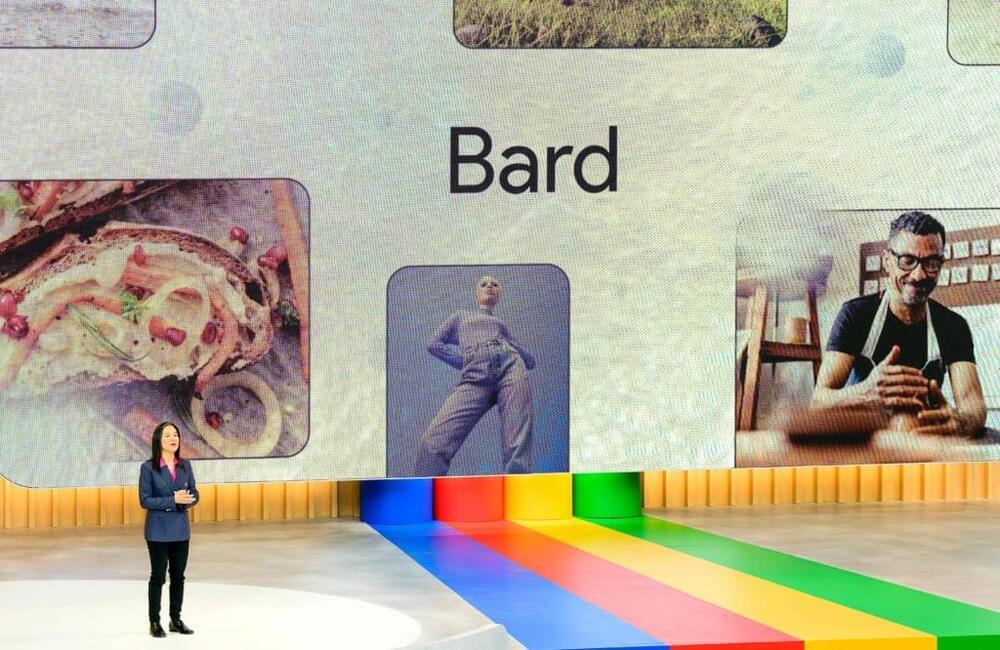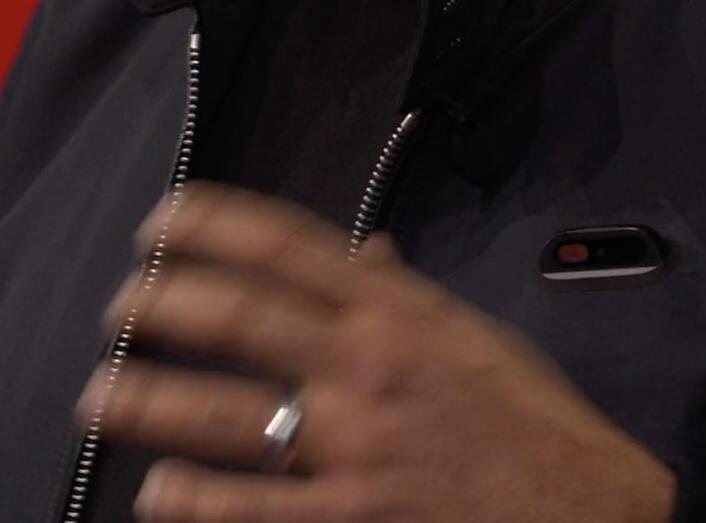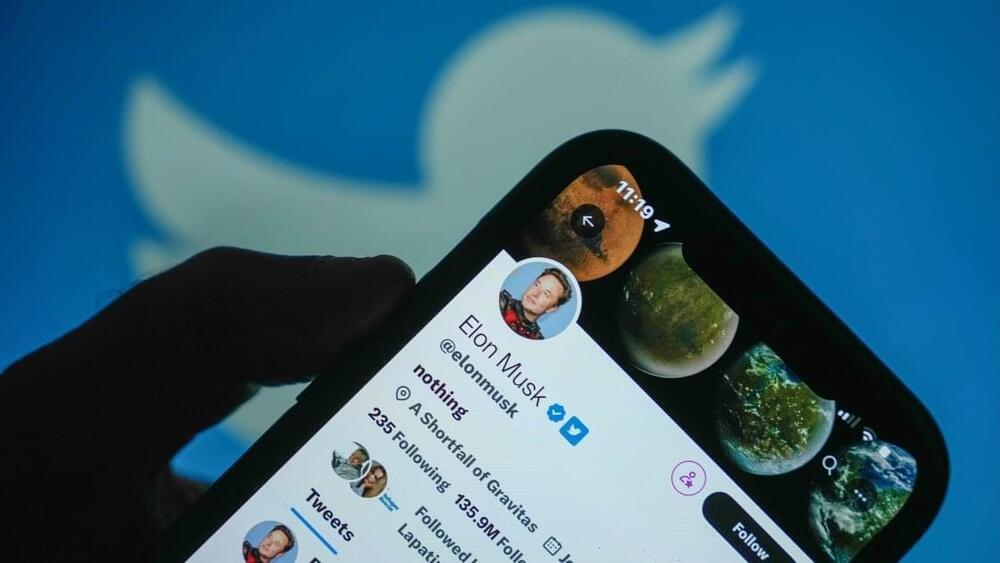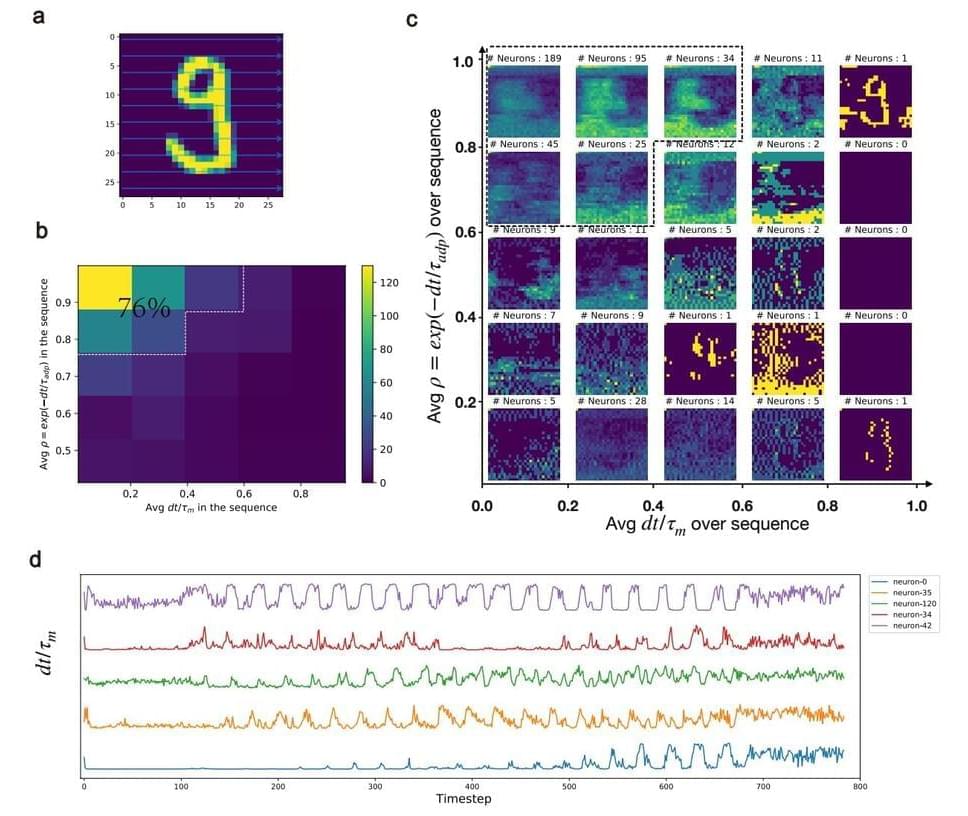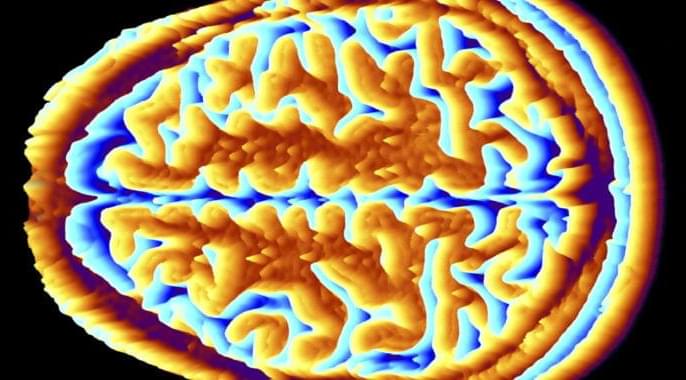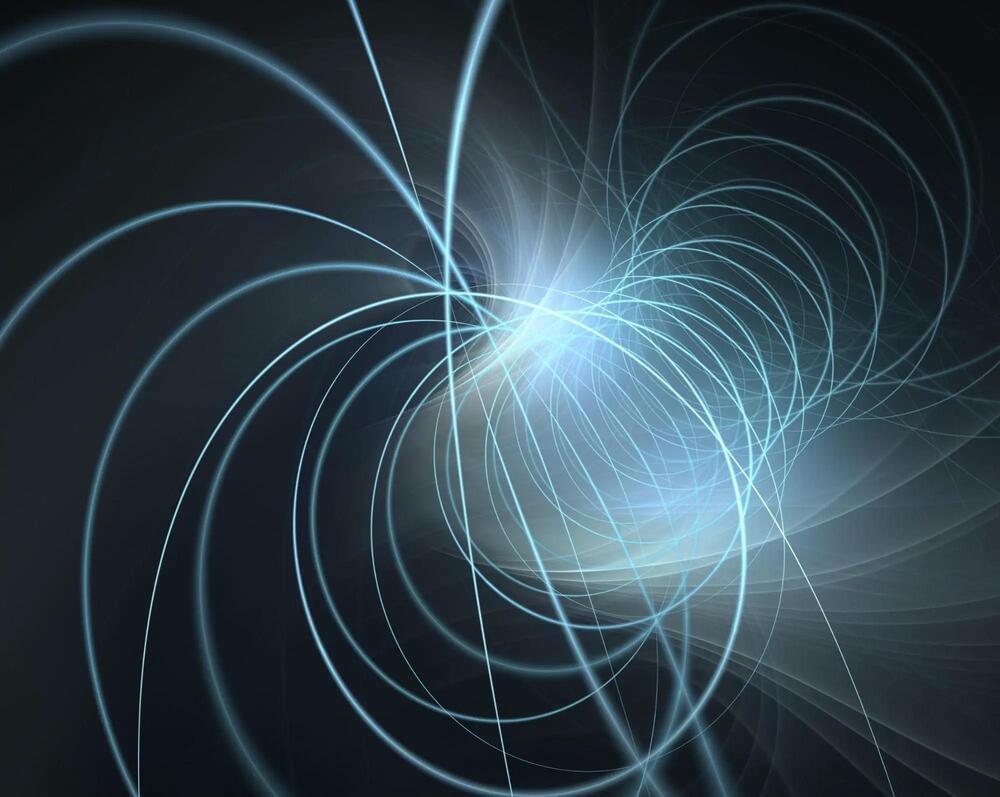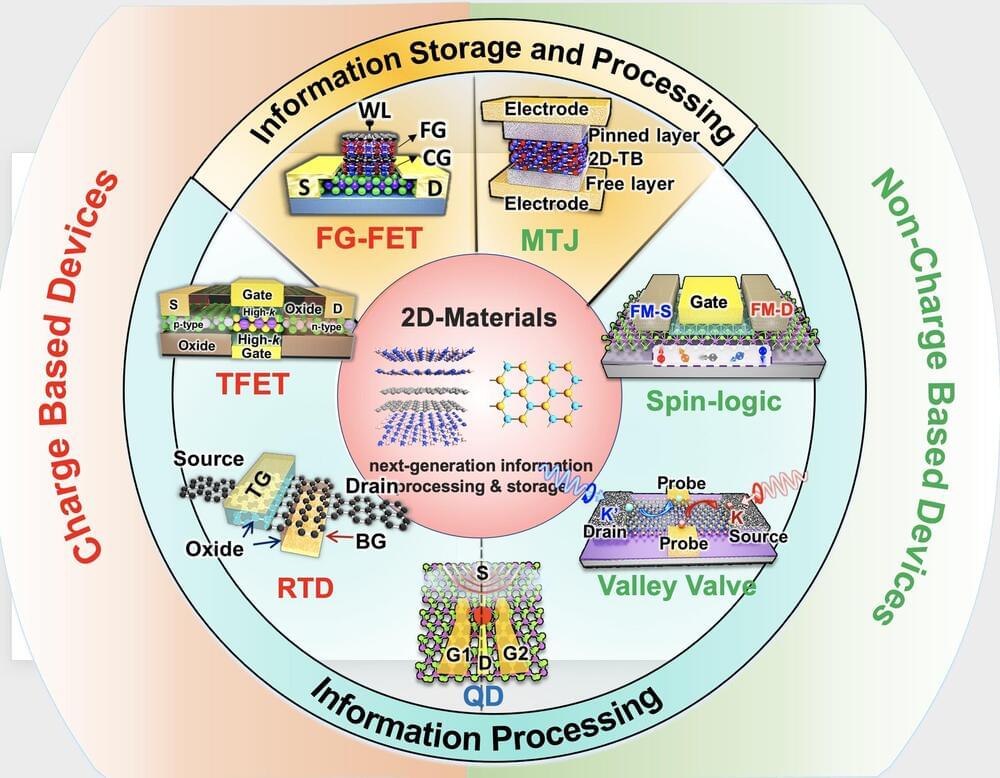May 11 (Reuters) — Google announced a flurry of artificial intelligence products – but users might need AI just to understand them all.
The Alphabet Inc (GOOGL.O) unit on Wednesday demonstrated or referenced at least 15 different AI products and features ranging from software solely for creating smartphone wallpaper to another for organizing personal files to yet another for photo editing.
Attendees of Google’s I/O conference in Mountain View, California, could be forgiven for leaving the annual event with their heads spinning. Take one of Google’s press releases from the event: “Duet AI serves as your expert pair programmer and assists cloud users with contextual code completion, offering suggestions tuned to your code base, generating entire functions in real-time, and assisting you with code reviews and inspections.”

